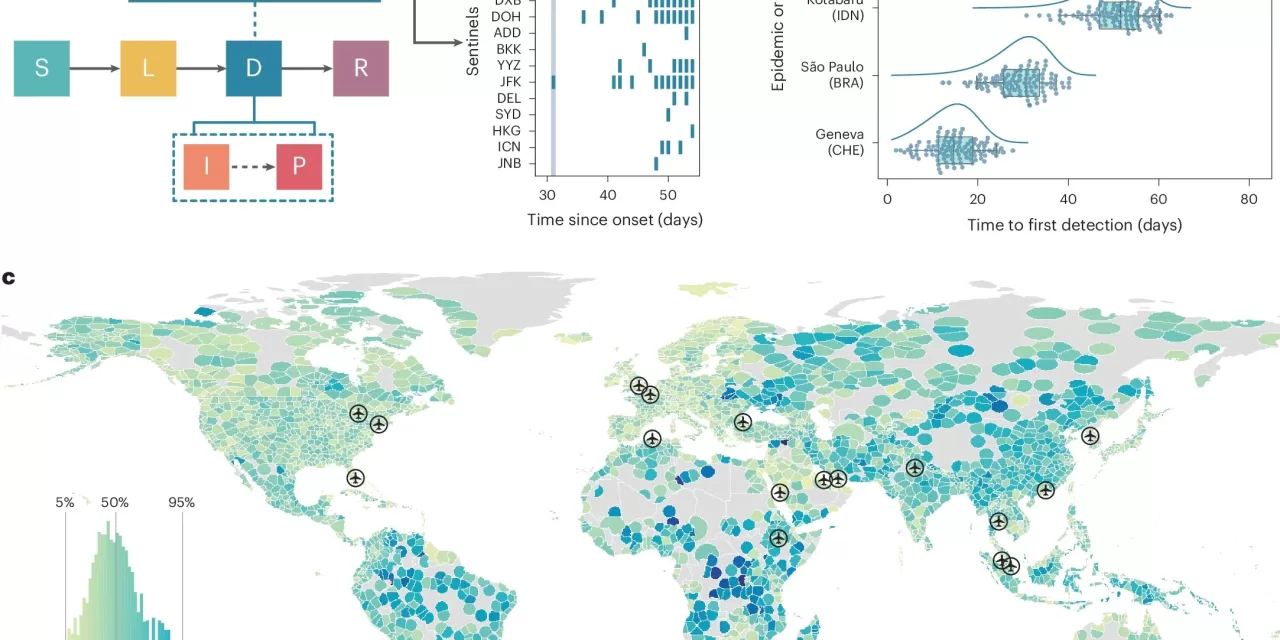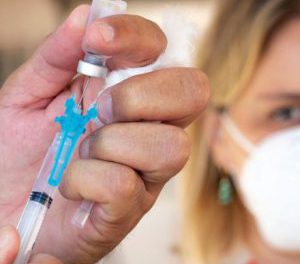In a groundbreaking study, researchers from Northeastern University propose that monitoring wastewater from international flights could serve as an early warning system for future pandemics or biological threats. The study, published in Nature Medicine, suggests that a network of strategically placed airport sentinel sites could significantly improve global disease surveillance.
The Need for Early Detection
Alessandro Vespignani, director of Northeastern’s Network Science Institute and co-author of the study, emphasizes the importance of early detection. “The point is to set up a monitoring system that tells us about the potential introduction of pathogens at a very early stage of an outbreak in the rest of the world,” he says. This proactive approach aims to prevent a repeat of the COVID-19 pandemic, where delayed detection left the world “navigating blind.”
How the System Works
The researchers propose placing sentinel sites in key international hubs such as New York, London, and Dubai. By testing wastewater from 20 to 30% of arriving flights, scientists could detect genetic traces of pathogens carried by travelers. “International flights are ideal for monitoring because hundreds of thousands of people travel daily, often using onboard restrooms,” says Guillaume St-Onge, a co-author of the study.
With this approach, scientists estimate they could have up to two months of lead time before an outbreak becomes widespread. “After five to ten detections, we can determine the origin and transmissibility of a virus,” Vespignani explains.
Broader Applications
Beyond pandemic preparedness, this surveillance system could also detect biological threats that impact national security. The method utilizes metagenomic platforms to screen wastewater for numerous pathogens, including those on a “most wanted” list, such as H5N1. Surveillance agents would use a triangulation system, akin to a CAT scan, to trace the source of an emerging threat.
This system could have detected the SARS-CoV-2 B.1.1.7 variant up to two months earlier than it was identified in the United Kingdom, according to Vespignani. Moreover, the method allows detection of pathogens shed by asymptomatic individuals, a crucial advantage over traditional surveillance methods.
Implementation and Future Prospects
The U.S. Centers for Disease Control and Prevention and other global agencies are already exploring wastewater monitoring as part of their disease surveillance strategies. Similar projects are being developed in Hong Kong, Canada, and the U.K., with researchers working to optimize these systems for different threats.
“We can scale up monitoring in hot spots or customize it for specific diseases like mosquito-borne illnesses,” St-Onge says. If an outbreak emerges in a region with limited air travel, temporary sentinel sites could be activated to supplement surveillance efforts.
The study highlights how wastewater monitoring could guide public health decisions, such as border closures or travel restrictions, while minimizing economic damage. “This is a cost-effective approach that enhances situational awareness, allowing us to respond before an outbreak spirals out of control,” Vespignani concludes.
Disclaimer
This article is based on current research and expert opinions. While wastewater surveillance shows promise as an early detection tool, its effectiveness will depend on implementation and real-world conditions. Public health policies should be guided by multiple data sources to ensure comprehensive disease control strategies.











